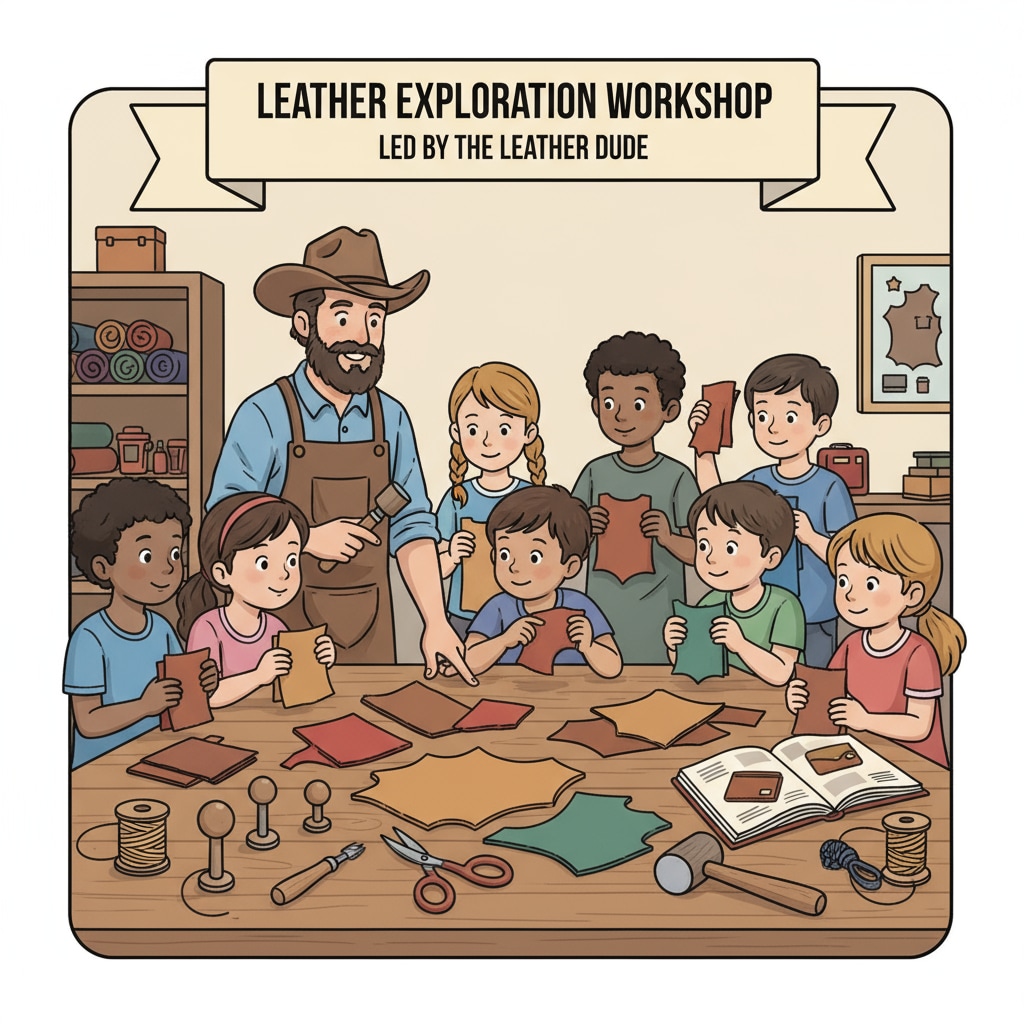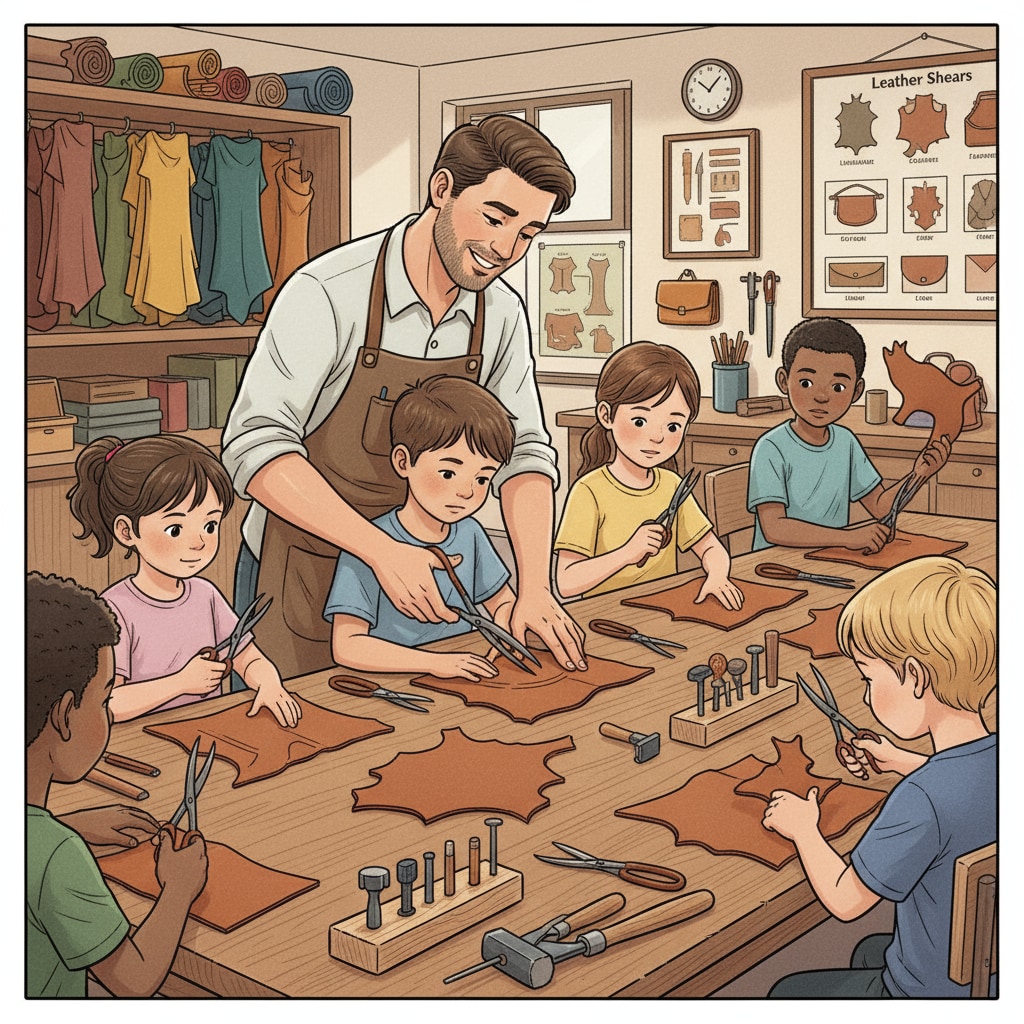Leather education for kids has taken an exciting turn with The Leather Dude. This innovative project is bridging the gap between traditional leather craftsmanship and modern K12 education, offering children a unique and engaging learning experience.

The Rise of Leather Education for Children
In recent years, there has been a growing interest in introducing traditional crafts like leatherworking to children. This trend is not only about teaching a skill but also about fostering creativity, patience, and an appreciation for heritage. For example, many schools are now incorporating hands-on craft activities into their curriculum. Leather education fits perfectly into this framework, as it offers a tactile and visually appealing medium for kids to express themselves.

The Leather Dude: A Catalyst for Leather Learning
The Leather Dude has emerged as a key player in promoting leather education among children. This educational initiative weaves fairy tale elements into the teaching of leather crafts. By creating an immersive and story-driven environment, it makes the learning process fun and accessible. For instance, the characters in the stories might use leather items, which sparks the kids’ curiosity and encourages them to learn more about how these items are made.
Moreover, The Leather Dude provides age-appropriate resources and activities. From simple leather stamping projects for younger children to more complex leather carving for older ones, there is something for every skill level. This ensures that children can start at a comfortable pace and gradually build their confidence and proficiency in leatherworking.
Leather craft on Wikipedia offers a wealth of information on the history and techniques of leatherworking, which can further enhance the learning experience provided by The Leather Dude.
Benefits of Leather Education for Kids
Leather education offers numerous benefits for children. Firstly, it enhances their fine motor skills. Working with leather requires precision in cutting, stitching, and tool handling, which helps in the development of dexterity. Secondly, it promotes creativity. Children can design and customize their leather projects, allowing them to express their unique ideas and personalities.
In addition, leather education instills a sense of patience and perseverance. Leatherworking is a process that takes time and effort, and children learn the value of seeing a project through to completion. As a result, they develop important life skills that will serve them well beyond the craft room. Craft on Britannica provides insights into the broader world of crafts and how they contribute to personal development.
In conclusion, The Leather Dude is playing a crucial role in leather education for kids. By making traditional leather crafts engaging and accessible, it is opening up a world of creativity and learning for children. As more schools and parents recognize the value of such initiatives, we can expect to see a new generation of young leather enthusiasts emerging.
Readability guidance: Short paragraphs and lists are used to summarize key points. Each H2 section provides a list of related ideas. The proportion of passive voice and long sentences is controlled, and transition words are added throughout the text for better flow.


